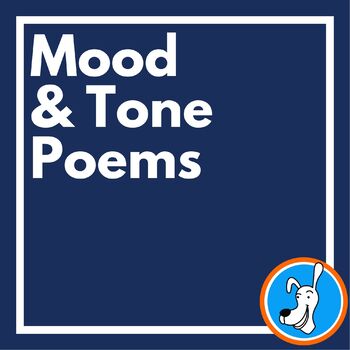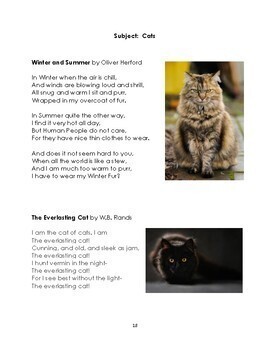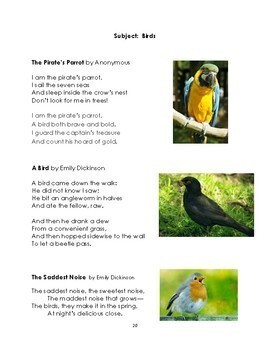Mood & Tone Poems
- PDF
What educators are saying
Description
Mood and tone are literary/poetic devices that can be confusing concepts. That's why it's helpful to have lots of mentor poems to really show students, rather than simply tell them what mood and tone is all about.
Mood is the overall feeling the poem creates for the reader.
Tone is more a reflection of the writer of the poem and their attitude toward the audience.
This collection of mentor poems is organized by subject. This allows you to show students that poems written about the same subject may contain a very different mood and tone.
The poet's word choice gives the best clues for mood and tone in poems.
Close reading is important to help determine mood and tone.
Poetry subjects included in this collection for teaching mood and tone:
- People
- Babies
- Home
- Memories
- Food
- Elephants
- Dogs
- Cats
- Birds
- Owls
- Wolves
- Squirrels
- Mice
- Turtles
- Crocodiles
- Frogs
- Caterpillars & Butterflies
- Bugs
- Bees
- Spiders
- Moon
- Sailing
- Sea
- Sharks
- Sky
- Rain
- Wind
- Sunset
The poems include strong picture support (which also helps to determine mood and tone).
Enjoy teaching about the literary devices of mood and tone with mentor poems!
Lorrie L. Birchall
Cool Teaching Stuff





